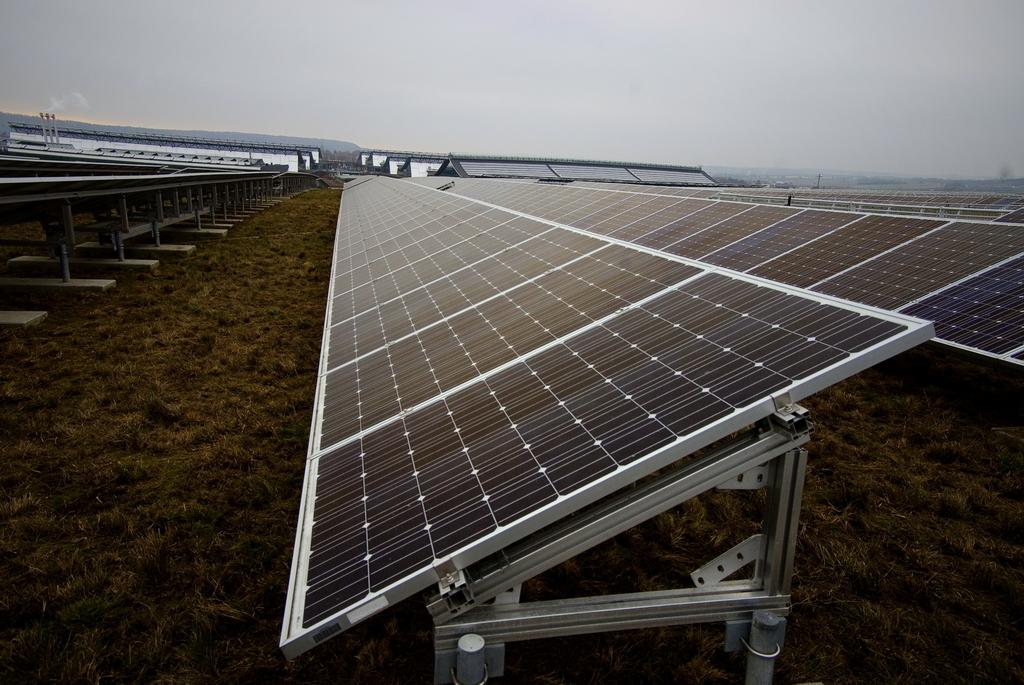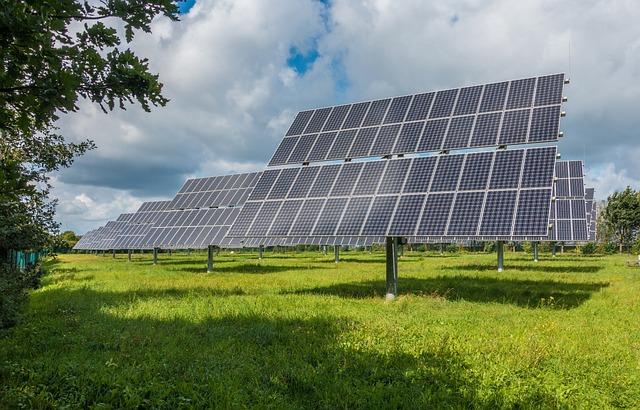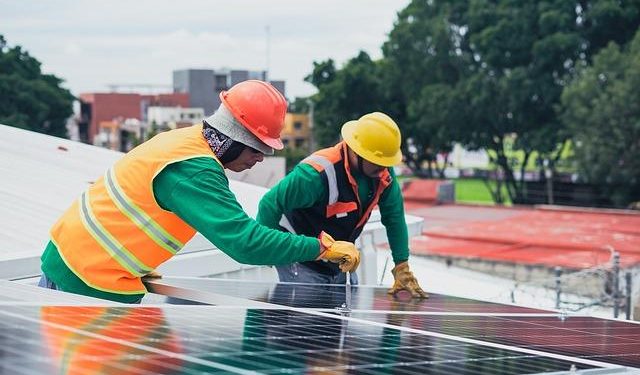In a world increasingly defined by its pursuit of sustainable solutions, the concept of solar-powered cities stands as both a beacon of hope and a challenge to contemporary urban planning. As the sun rises each day, casting its abundant energy across the globe, the question arises: are we on the brink of harnessing this limitless resource to power our cities entirely? Imagine skylines where solar panels glisten alongside glass towers, streets lined with energy-efficient buildings, and communities thriving on clean, renewable energy. While the idea may sound like a vision from a distant future, advancements in technology and shifting societal priorities suggest that solar-powered cities might be closer than we think. In this article, we explore the current landscape of solar energy, the hurdles that remain, and the innovative strides being made towards turning this vision into reality.
Harnessing Urban Sunlight Potential
In the quest for sustainable urban development, cities around the globe are increasingly exploring the untapped potential of sunlight. Urban environments present unique challenges and opportunities for solar energy deployment, offering vast expanses of rooftops and facades that can be transformed into energy-generating surfaces. By creatively integrating solar panels into the urban landscape, cities can significantly reduce their carbon footprint while enhancing their energy resilience.
Key strategies to harness this potential include:
- Building-integrated photovoltaics (BIPV): Utilizing solar panels as part of the building’s structure, such as on facades or as window glass.
- Solar canopies and carports: Installing panels on parking structures or public spaces to provide shade and generate energy.
- Community solar initiatives: Developing shared solar projects that allow residents to benefit from solar energy without needing their own installations.
- Smart city planning: Incorporating solar infrastructure into urban planning to optimize sunlight exposure and energy efficiency.
These approaches not only contribute to energy independence but also open up possibilities for innovation in urban design, fostering environments that are both functional and environmentally friendly.

Overcoming Infrastructure Challenges
In the quest to harness solar energy at a city-wide scale, is crucial. One major hurdle is the integration of solar panels into existing urban landscapes. Retrofitting buildings with solar panels can be expensive and technically challenging, particularly in cities with older infrastructure. Innovative solutions, such as solar glass and solar roof tiles, are emerging to address these issues, allowing for a seamless blend with traditional architecture.
- Energy Storage: The intermittent nature of solar energy necessitates efficient storage solutions. Advances in battery technology are essential to ensure a steady power supply even when the sun isn’t shining.
- Grid Integration: A robust and smart grid system is required to handle the fluctuating energy input from solar sources, ensuring reliability and consistency in energy distribution.
- Policy and Incentives: Government support through policies and incentives can accelerate the adoption of solar infrastructure, making it economically viable for cities to transition.
Addressing these challenges with creative solutions will pave the way for solar-powered cities to become a reality sooner than anticipated.
Policy Frameworks and Incentives for Solar Integration
With the rapid advancement in solar technology, the need for robust policy frameworks has become more crucial than ever. Governments worldwide are recognizing the importance of supporting solar integration, leading to a proliferation of policies aimed at fostering solar energy adoption. These policies often include tax incentives, subsidies, and feed-in tariffs, making solar investments more attractive for both residential and commercial sectors. In addition to financial incentives, governments are also working on reducing regulatory barriers, ensuring that solar projects can be approved and implemented with minimal bureaucratic delay.
To effectively integrate solar power into urban settings, cities are also developing innovative strategies that complement national policies. Many urban centers are adopting smart grid technologies, which help manage and distribute solar energy efficiently. Furthermore, cities are investing in public awareness campaigns to educate citizens on the benefits of solar energy, encouraging community-level participation. Collaboration with private sectors and international organizations is another key aspect, as it brings in expertise and additional resources. Together, these efforts create a conducive environment for solar energy to thrive, bringing us closer to the vision of solar-powered cities.

Innovative Technologies Shaping the Future of Solar Cities
In the pursuit of transforming urban landscapes into more sustainable environments, several cutting-edge technologies are emerging as game-changers in the development of solar cities. Smart grid systems are at the forefront, seamlessly integrating renewable energy sources with traditional power infrastructures. These intelligent networks optimize energy distribution, minimizing waste and ensuring that solar power is utilized to its fullest potential. Energy storage solutions, such as advanced battery systems, are also crucial, allowing cities to store excess solar energy during sunny periods and deploy it during cloudy days or at night.
Innovative building materials are playing a significant role as well. Solar glass and solar tiles are revolutionizing urban architecture by transforming windows and rooftops into energy-generating surfaces. These materials not only capture sunlight but also enhance the aesthetic appeal of modern structures. Furthermore, Internet of Things (IoT) devices are being integrated into city infrastructure to monitor and manage energy consumption efficiently. By harnessing real-time data, these devices facilitate smart energy management, enabling cities to reduce their carbon footprint while maintaining high levels of efficiency.
- Smart Grid Systems: Integrate solar power seamlessly.
- Energy Storage Solutions: Ensure consistent energy supply.
- Solar Glass and Tiles: Blend functionality with design.
- IoT Devices: Optimize energy usage through data.
To Wrap It Up
As the sun dips below the horizon, casting a golden hue over the cityscape, the vision of solar-powered cities emerges not as a distant dream, but as an imminent reality. Our exploration into this transformative possibility reveals both the challenges and the breakthroughs lighting the path forward. From innovative technologies to policy shifts and community engagement, the tapestry of solar-powered urban life is being woven with threads of hope and resilience. While questions remain and hurdles persist, the momentum toward harnessing the sun’s boundless energy continues to build. As we stand at this crossroads, the dawn of solar-powered cities beckons, inviting us to imagine a future where sustainability and urban living coexist in harmony. The sun, after all, is rising on a new era—one where the power to illuminate our cities lies just above the horizon.

































